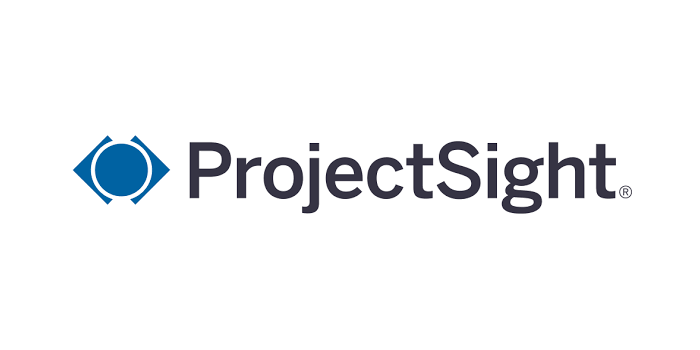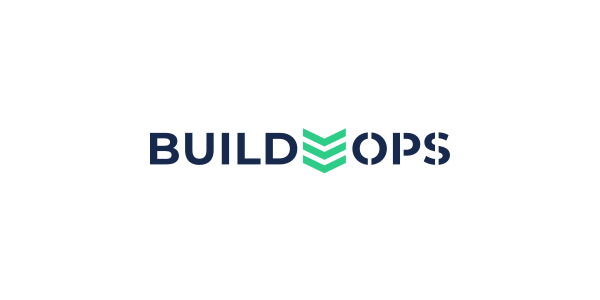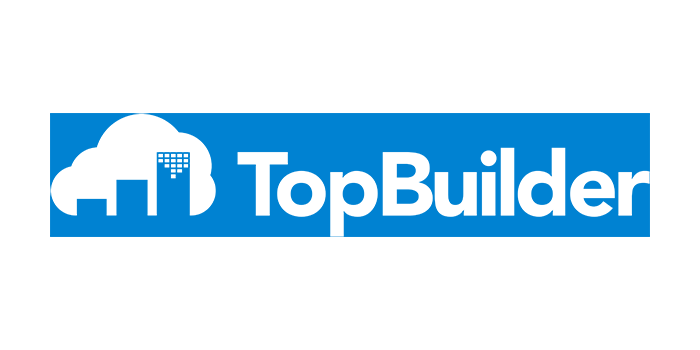
Article written by Brielle Regdos for CDP
Change management in construction is a critical process that involves identifying, evaluating, approving, implementing, and documenting changes throughout the project lifecycle. Given the complexity, scale, and high stakes of many construction projects, effective change management is essential for maintaining control over cost, schedule, quality, and worker safety.
A variety of factors can trigger the need for change during a project. Being aware of these common sources helps project teams prepare and respond more effectively when changes arise. Some of the most frequent causes include:
- Design modifications – whether initiated by the client or architect
- Unforeseen site conditions – such as unexpected ground issues or adverse weather
- Regulatory updates – including changes in building codes or permitting requirements
- Scope changes – like new features, altered specifications, or upgraded equipment
- Errors and omissions – found in plans, drawings, or documents
- Material or labor shortages
- Mid-project client requests
Alongside these common triggers, construction projects often face challenges such as delayed approvals, poor stakeholder communication, budget overruns, contract disputes, and inadequate documentation. These issues can severely disrupt timelines and increase costs. However, with proactive change management, many of them can be prevented or alleviated.
The core components of effective change management in construction include:
- Change Identification – recognizing potential changes early
- Change Documentation – recording proposed changes formally through a Change Request or Change Order
- Impact Analysis – evaluating effects on cost, schedule, quality, safety, and resource allocation, often in coordination with contractors and clients
- Approval Process – submitting changes for formal sign-off from the client or project manager
- Implementation – executing changes in line with the revised plan and keeping all parties informed
- Monitoring and Documentation – tracking impacts, updating project controls, and maintaining clear records for future reference
Common tools used in the process include change order logs, construction management software, and RFI (Request for Information) systems that help resolve uncertainties before they escalate into bigger problems.
In addition to tools, several best practices can strengthen change management efforts:
- Clearly define the change management process in the contract
- Assign specific roles and responsibilities for initiating and approving changes
- Train teams to identify and report changes promptly
- Leverage technology for real-time communication and tracking
- Conduct regular project reviews to detect risks early
- Ensure contract clauses detail how changes and disputes will be handled
Successful change management is key to delivering construction projects on time, within budget, and to the expected standards. With countless potential disruptions—ranging from design shifts to unforeseen field conditions—a structured and proactive approach enables teams to adapt with confidence. By combining proven processes, effective tools, and strong communication, change becomes not a threat, but a tool for achieving better project outcomes.
Contact CDP to learn more and schedule a conversation.













